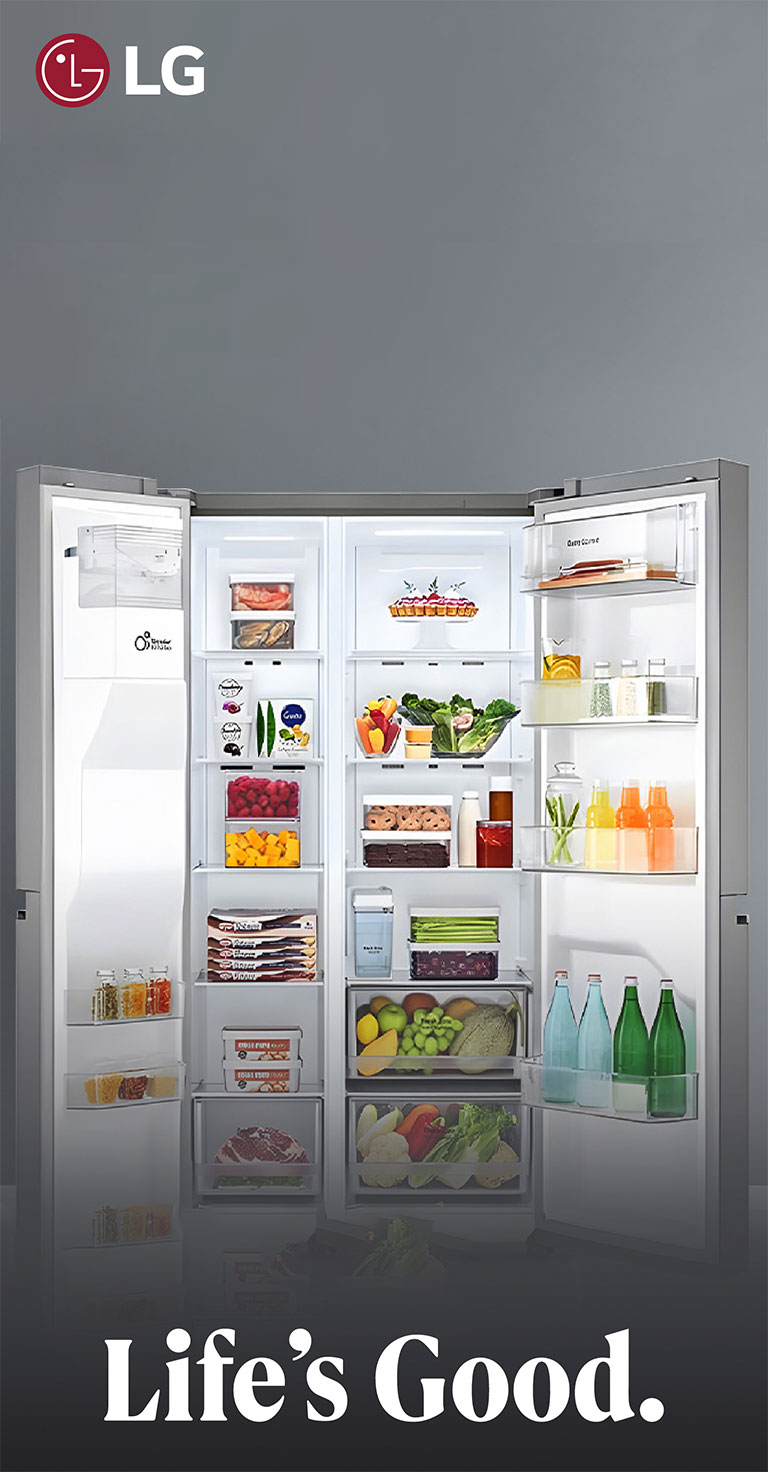-
Preserving food has been a fundamental part of human existence since time immemorial. Our ancestors developed ingenious methods to ensure food longevity in the absence of modern conveniences. Today, thanks to technological advancements, we have a myriad of tools at our disposal, with large refrigerators playing a pivotal role in food preservation. In this blog post, we will explore the evolution of food preservation from traditional methods to modern techniques, with a special focus on the role of large fridges in the world of kitchen appliances.


-
Traditional Food Preservation Methods
Before the Age of Refrigeration
In the olden days, our forebears had to rely on inventive ways to keep their food fresh without the luxury of electricity or advanced kitchen appliances. Here are some traditional methods they used:
Drying: One of the earliest methods, of drying food (such as fruits, vegetables, and meats) involves removing moisture to prevent the growth of bacteria and mold. This was typically done under the sun or by smoking.
Salting: Salt is a powerful preservative. Meat and fish were often coated with salt to draw out moisture, making it inhospitable for microbial growth.
Fermentation: This method has been used for centuries to make foods like sauerkraut, kimchi, and pickles. The process involves creating an environment where beneficial bacteria thrive while harmful ones perish.
Canning: Introduced in the early 19th century, canning allowed people to store food in sealed containers, preventing spoilage. It became a staple during the war times when fresh food was scarce.
Root Cellars: Built underground, root cellars maintained a consistently cool temperature, ideal for storing fruits, vegetables, and other perishables.
-
Modern Food Preservation Techniques
The Age of Refrigeration and Beyond
The advent of electricity brought about a revolution in food preservation. Here's how modern methods compare to their traditional counterparts:
Refrigeration: Large fridges , like the ones you find in most households today, have transformed the way we store food. They maintain a consistently low temperature, slowing down the growth of bacteria and preserving food for longer periods. In addition to preserving freshness, they also offer ample storage space.
Large fridges have eased life significantly in the world of kitchen appliances. They offer convenience, allowing homeowners to store a wide variety of perishable items for extended durations. Modern fridges come with advanced features like temperature control, humidity control, and smart technology that alerts users about expiring food items.
Freezing: Freezers are another modern marvel. They allow us to preserve food for months, if not years, by reducing the temperature to well below freezing. This effectively halts the microbial activity responsible for spoilage.
Vacuum Sealing: This method removes air from food packaging, preventing the growth of spoilage-causing microorganisms. Vacuum-sealed foods can stay fresh for longer and are a popular choice for both home and commercial use.
Chemical Preservatives: While less favored in recent years due to health concerns, some modern foods are preserved using chemical additives. These include preservatives like nitrates and sulfites, which inhibit microbial growth and maintain food color and flavor.
In conclusion, food preservation has come a long way from the traditional methods of our ancestors to the modern techniques we employ today. Large fridges and other kitchen appliances have revolutionized this sector by making food preservation more convenient and efficient. While traditional methods still hold their charm, the convenience and reliability of modern food preservation techniques have become an indispensable part of our daily lives. So, next time you open your fridge, take a moment to appreciate how far we've come in preserving the freshness and flavor of our food.




